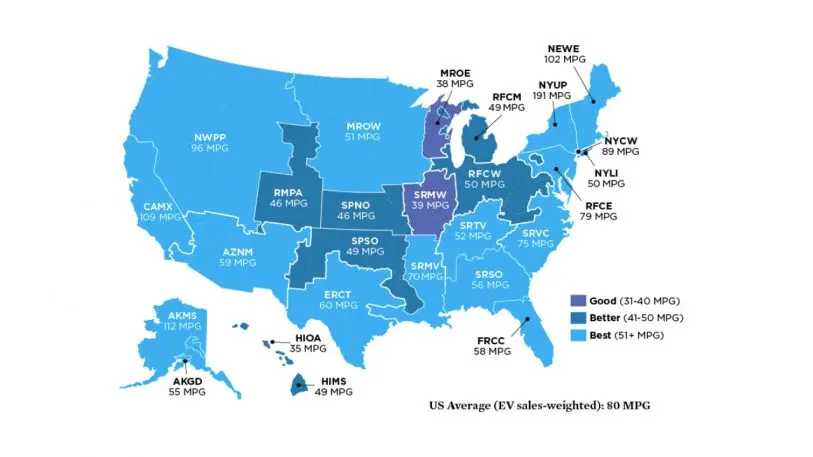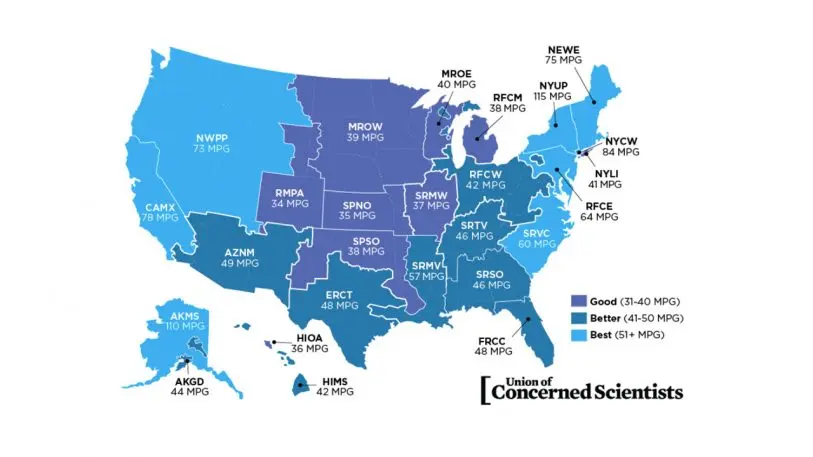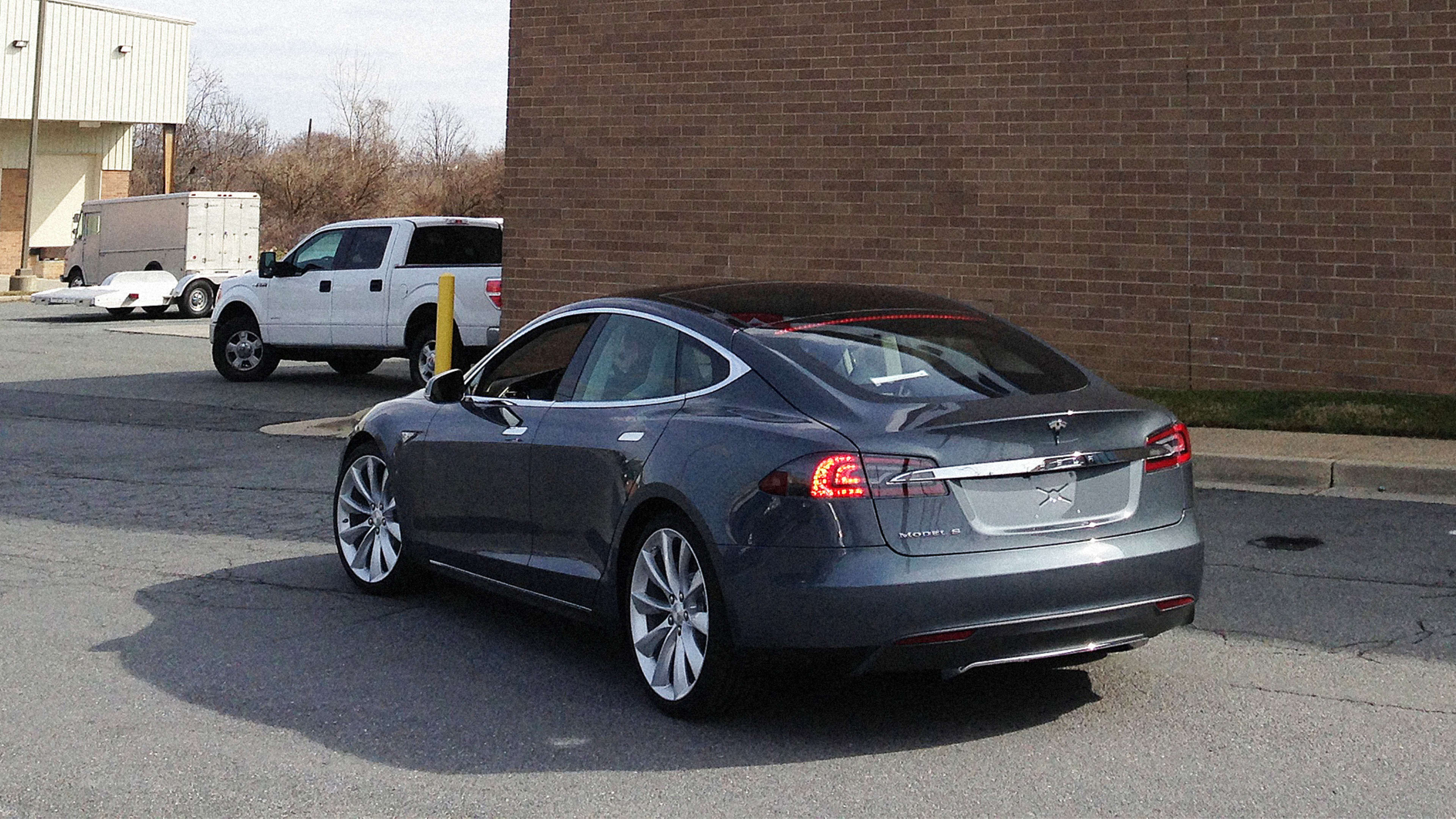There are lots of reasons to buy an electric vehicle these days, starting with their cost. A recent analysis found that running an EV is, on average, 2.3 times cheaper than operating a traditional gas vehicle. There’s always been some concern that, despite the environmental cred not pumping gas gives, EV buyers weren’t doing as much for the environment as they thought: if the electricity powering your car comes from coal, you’re still polluting, just from a power plant, not your tailpipe.
But EVs continue to get more efficient and the electricity they use is becoming cleaner. Because the U.S. grid is switching away from coal-fired power to natural gas and renewables, the footprint of the electricity grid, and therefore your EV, is getting smaller all the time.

David Reichmuth, an engineer at the Union of Concerned Scientists, analyzed climate change emissions of EVs versus gasoline-powered cars using 2017 figures from the E.P.A. On average, though figures vary widely across the U.S., an EV now gets has the equivalent emissions of a gas car that gets 80 miles to the gallon (which is to say, basically no car on the market).
In some states, the equivalent MPGs of EVs are higher than that. In the Pacific Northwest, where most power comes from hydro, EVs get the equivalent of 96 MPGs. In California, which has plenty of solar, the equivalent is 109 MPG.
Even older EVs are getting cleaner because their power is getting cleaner. “It’s difficult to make burning gasoline cleaner, and electricity is trending cleaner over time as we shift away from coal and add more renewables. This means that EVs that were sold years ago can run much cleaner than when they were purchased,” Reichmuth writes.

Reichmuth’s maps show EVs and electricity generally has become cleaner between 2009 and 2017. In 2009, Midwestern power gave the equivalent EV efficiency of 39 MPG. Now it’s up to 51 MPG.
The figures compare the total emissions of extracting oil, refining it, and transporting to a gas station, as well as tailpipe emissions, with the total emissions from extracting a power source (coal, natural gas, and so on) and producing electricity from it. The EV figures are averages: different models have higher and lower performances.
Many consumers worry about the cost, choice, and reliability of EVs but these concerns are probably increasingly misplaced. The price of batteries is falling fast. EVs already cover most trip distances. And manufacturers like Ford, GM, and Volkswagen are planning dozens of new EVs in the next few years.
Recognize your brand’s excellence by applying to this year’s Brands That Matter Awards before the early-rate deadline, May 3.
